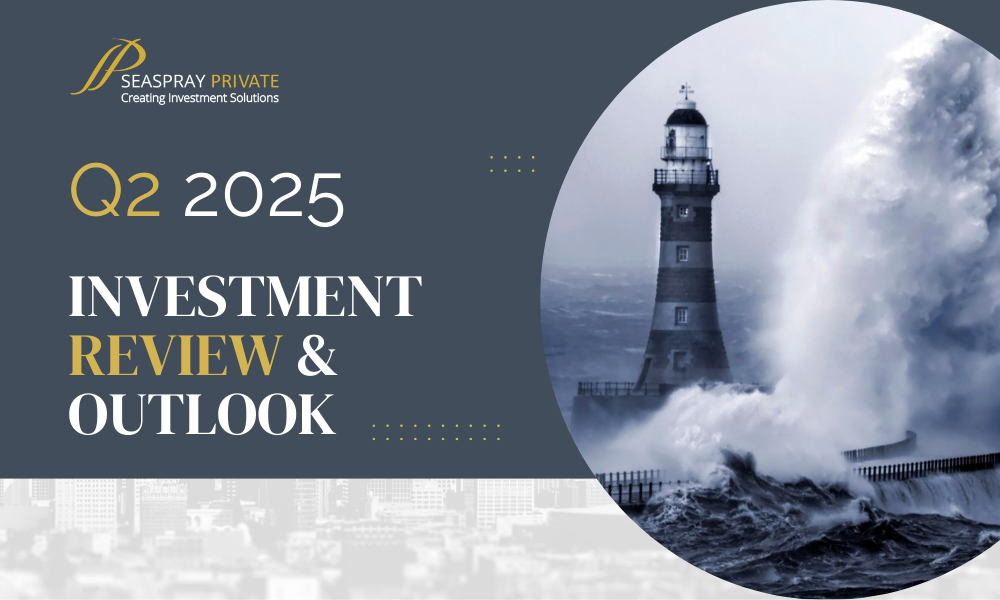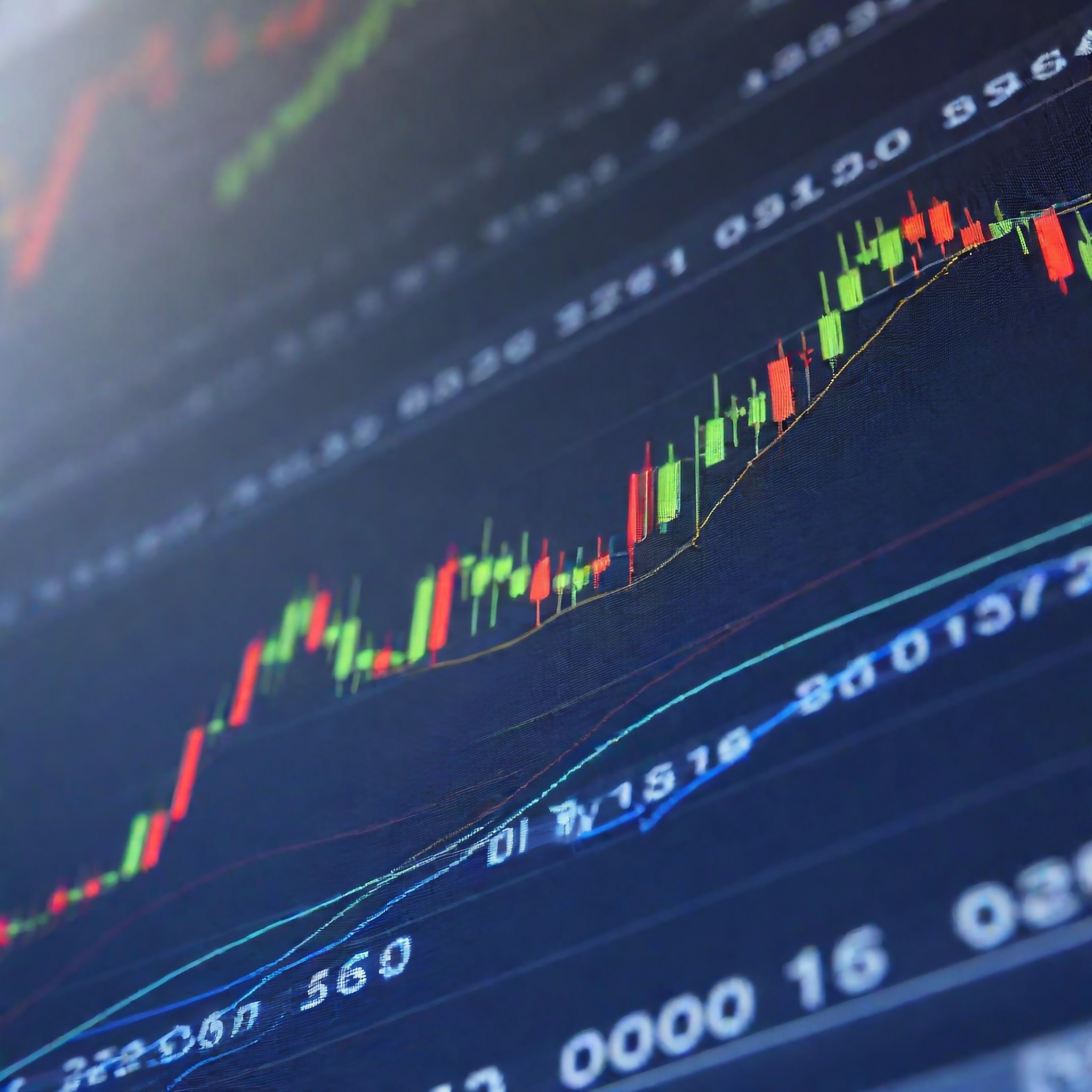In the US, Equity markets in the US reached new all-time highs last week, with the S&P 500 recording its 16th record close of the year on Tuesday. The index has gained 29% since its low on 8th April, supported by softer-than-expected US inflation data of 2.7% for June. More broadly, markets have been lifted by strong quarterly earnings and improved geopolitical sentiment. Of the 90% of S&P 500 companies that had reported by last week, 82% beat earnings expectations. In economics, along with the inflation data, Producer Price Index (PPI) data for July was also released. PPI rose by 3.3% year-on-year, the largest increase since February and well above estimates of a 2.5% rise. This data suggests that while overall inflation has not increased, prices have risen across supply chains and is impacting on sections of the economy. One of the key corporate stories was NVIDIA and AMD agreeing to hand over 15% of Chinese chip sales revenue to the US government in exchange for export licences—an unprecedented arrangement. President Trump also indicated he would be open to NVIDIA selling its most advanced Blackwell chips to China, provided their performance was limited. NVIDIA’s market capitalisation reached US$4.48tn midweek, having added US$480bn in value since 9th July, and could approach an unprecedented US$5tn if earnings later this month are strong. Elsewhere, Paramount agreed a US$7.7bn deal to become the exclusive US broadcaster of the UFC for seven years. The deal, which includes streaming 13 marquee events and 30 Fight Nights annually, marks the end of the pay-per-view model for the sport. It follows Netflix’s agreement last year to stream WWE events for a decade. Shares in TKO, which owns both UFC and WWE, have risen 40% over the past year, giving it a market cap of US$32bn. In healthcare, Eli Lilly, the world’s largest pharmaceutical company by market value, launched its weight-loss drug Mounjaro in India, directly challenging Novo Nordisk in the region. The injector pen will retail at around US$160 per month for 2.5mg, compared with US$297 for Novo’s equivalent. This comes as the company also announced it would be increasing the price of Mounjaro in the UK by 170% from September, after complaints by US President Trump in relation to the cost paid by foreign countries for US medicines. Finally, the NASDAQ’s market cap relative to US GDP reached a record 105% last week, meaning the index alone is now larger than the country’s entire 2024 GDP of US$29.1tn. The broader Buffett Indicator, which measures total US stock market capitalisation relative to GDP, now sits above 200%, highlighting stretched valuations. For the week, the S&P 500 and NASDAQ closed up 0.85% and 0.96%, respectively.
In Europe, European markets advanced in line with Wall Street, buoyed by softer US inflation data and expectations of a Federal Reserve rate cut next month. In corporates, Ørsted, one of the world’s largest wind energy developers, announced an €8bn rights issue to strengthen its balance sheet. The company has been hampered by shifts in US energy policy, which have limited its ability to raise funds through project stake sales. Meanwhile, European investors poured €39bn into EU-domiciled ETFs in 2025—already a record—bringing the market’s value to €2.4tn. Net inflows are triple last year’s levels, with more than €8bn allocated to defence-focused funds, reflecting increased military investment across the EU. Finally, Belgium’s blue chip stock index, the BEL20, reached a new record high last week, breaking the previous record set back in May 2007, just over 18 years ago. For the week, the EuroStoxx 50 and STOXX 600 rose 1.59% and 0.89%, respectively.
In the UK, The FTSE 100 hit a fresh all-time high near 9,200bps on Wednesday, lifted by the global equity rally. Optimism has improved following the 25bps rate cut the previous week, although growth concerns persist. GDP data was the key release, showing the UK economy expanded 0.3% in Q2, ahead of the 0.1% forecast. Trade data highlighted the impact of earlier tariffs, with UK exports to the US falling to a three-year low in June, prior to the signing of the bilateral trade deal. For the week, the FTSE 100 gained 0.26%.








